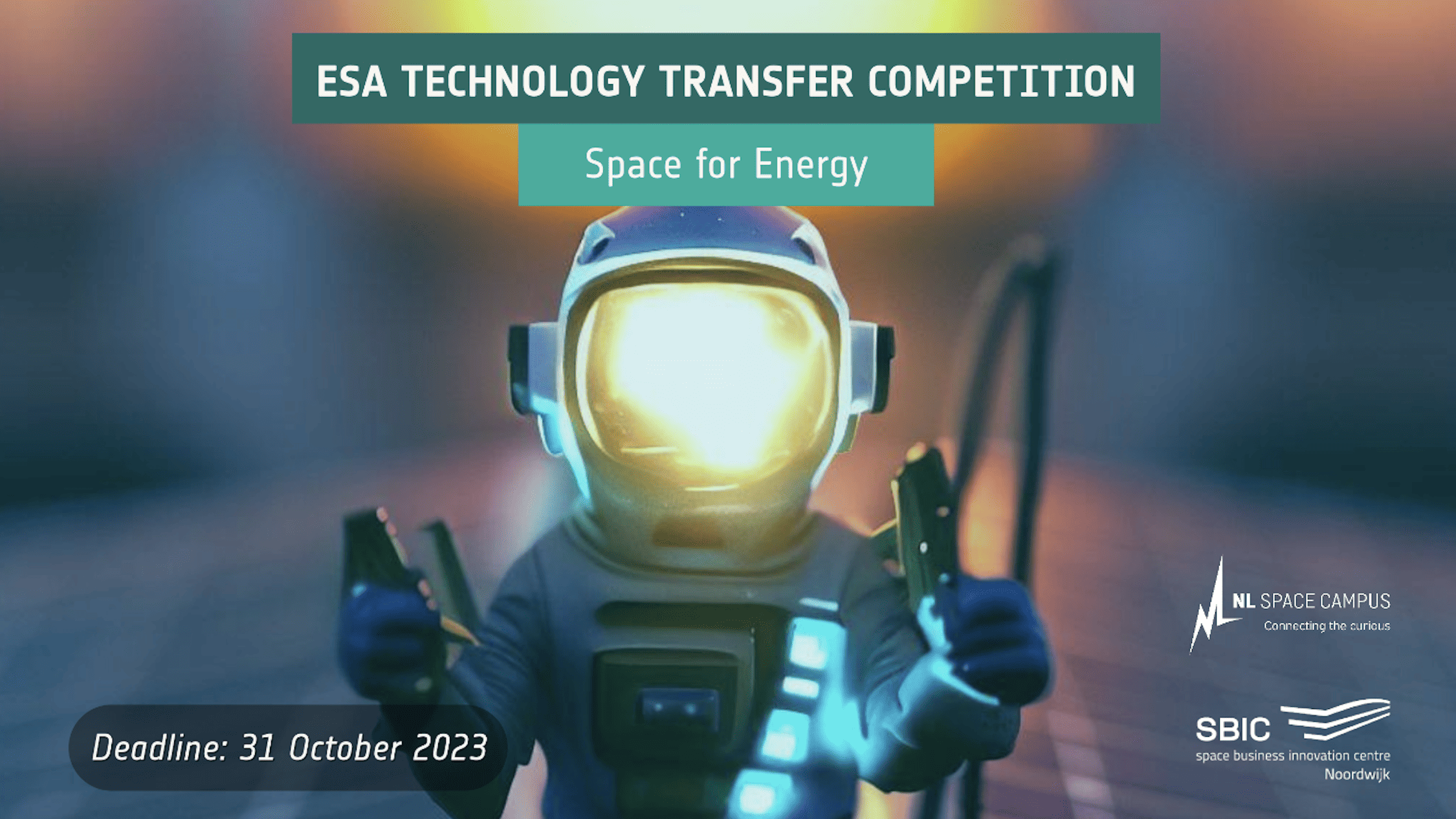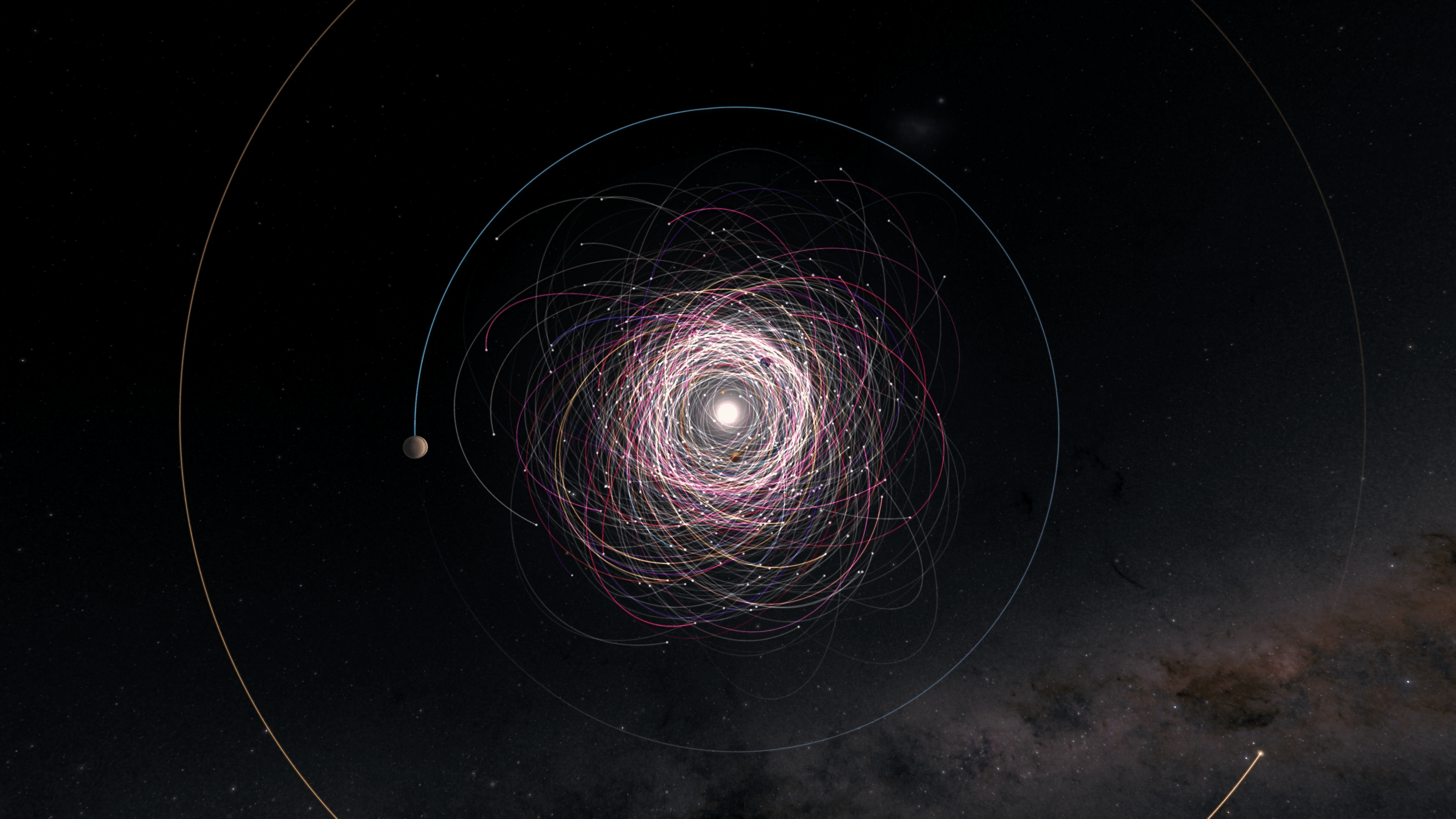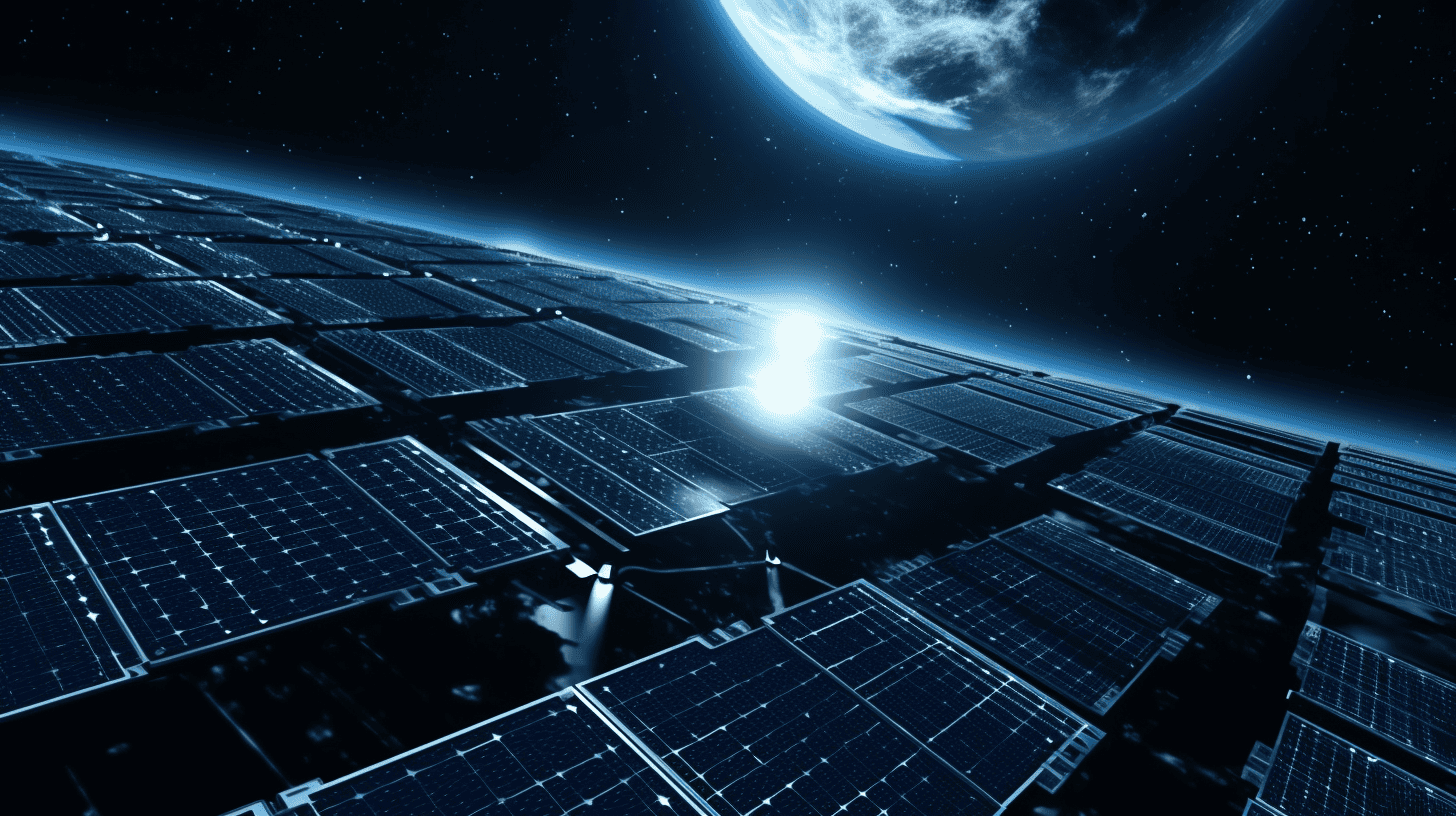
The European Space Agency (ESA) is once again challenging innovators to find terrestrial applications for space technologies. Recognizing the immense potential of space-qualified products and their unique capability to withstand the harshest conditions – from extreme temperatures to radiation – ESA underscores the importance of leveraging these technologies for earthly benefits.
Space research has focused on developing technologies and processes to unprecedented levels to ensure they can cope with the harsh nature of space. Much of this technology can be transferred to new and highly beneficial applications on Earth. To bring cutting-edge technologies initially tested and developed for space to vast terrestrial markets, the European Space Agency (ESA) established a network of Technology Brokers, currently active in more than 10 ESA member states. In September 2022, SBIC Noordwijk and NL Space Campus jointly began operating the ESA Technology Broker for the Netherlands.
Space on earth
For the second consecutive year, the ESA Technology Broker NL, in collaboration with the Space Business Innovation Centre Noordwijk and NL Space Campus, is organizing a technology transfer competition. This competition invites bright minds to brainstorm how space technologies – particularly hardware and software solutions containing space-related materials and methodologies, energy supply, propulsion, coatings, and sensors – can find practical uses on Earth.

Space plays a key role in our daily lives with applications in earth observation and telecommunication, as well as timing and positioning services. In addition to satellite-derived data, space has also changed our life through technology transfers. Digital photography from long-range telescopes led to the miniaturized cameras on today’s smartphones, space blankets used on the exterior surfaces of spacecraft for thermal control are now included in emergency kits, sensors initially designed for analyzing the atmosphere of Mars are now used on Earth to measure air quality or to detect gas leaks, self-sustaining closed-loop life support systems supplying astronauts with oxygen, water and food are increasingly being integrated in terrestrial systems.
Transfer opportunities
“As a broker, we actively look for technology transfer opportunities”, says Corneel Bogaert, project manager for the ESA Technology Broker programme in the Netherlands. “Both space and non-space organizations are always invited to contact us. From companies and organizations in industries like agri-food, energy, logistics, and high-tech, we collect technology requests. They explain a problem that needs to be solved. We then look for innovative space technology that could match the request.”
Last year, the competition witnessed HDES winning the race with their pioneering proposal to convert cool gas generators, originally designed for space, into life-saving medical equipment. Bogaert: “Cool gas generators are much smaller and lighter than conventional gas storage systems. The system is not pressurized and has proven to work after a long time without any maintenance, even in the harsh environment of outer space. Their reliability makes them well-suited for rescue and safety systems. In the run-up to the competition, HDES teamed up with a general practitioner about the current needs and key requirements for oxygen supply kits. The promising application combined with the element of cross-sector collaboration made their proposal stand out.”
Space for Energy
This year, the theme is ‘Space for Energy’. The synergy between the space and energy sectors isn’t new. It dates back over six decades, starting with the development of solar panels. From the International Space Station’s reliance on solar cells to satellite electronics and power systems, space technology has much to offer in the energy domain.
The competition is open to all – from energy experts and space enthusiasts to serial entrepreneurs. Cross-sector collaboration is encouraged. If you have ties to the Netherlands (either as a resident or through a business established there) and are 18 or older, you can join and compete for a lavish prize pool of 35,000 euros.
Entries are open until 31 October 2023, with shortlisted candidates getting the chance to pitch their ideas on 23 November at SBIC Noordwijk. The jury will consist of representatives from ESA, NSO, Topsector Energy, NLHydrogen, SBIC Noordwijk and NL Space Campus. The announcement of winners will be during the NL Space Campus Network & Drinks event on 30 November 2023.
Inspiration from examples
Potential participants can draw inspiration from the ESA patent portfolio and the European Space Software Repository (ESSR). Inspiration can also be drawn from examples of other companies that have been successful in utilizing space technology to boost energy efficiency. One such example in the Netherlands includes Skytree‘s adaptation of ESA air capture technology originally developed to make longer space missions possible by extracting the CO2 exhaled by astronauts on board the spacecraft. The same technology now provides a greener solution for the horticulture sector and eliminates the need for fossil fuels by capturing CO2 directly from the atmosphere.

“The example of Skytree’s solution also shows that participants do not need to directly target the energy sector, as long as there is a link with energy efficiency and a space connection they are in. Envisioned energy solutions from space for terrestrial markets include advanced materials and manufacturing techniques to develop high-performance energy equipment, developments in energy storage technologies, advancements to solar power, energy generation techniques originally developed for deep space missions, thermal and vibration sensors, protective coatings, the list goes on.”
For those interested in taking space technology to Earth or if you have an innovation challenge, don’t hesitate to contact the ESA technology broker. For more details on the competition and how to submit your entry, visit ESA Technology Broker NL’s official website.






